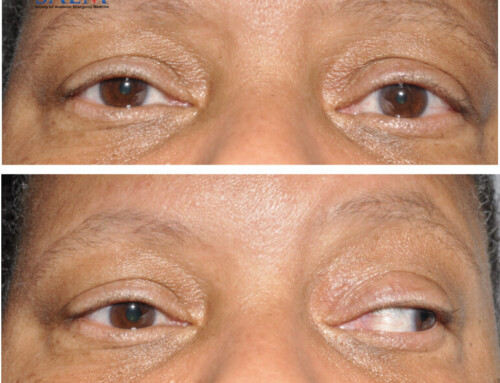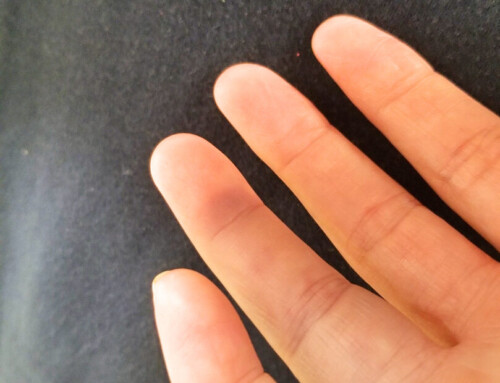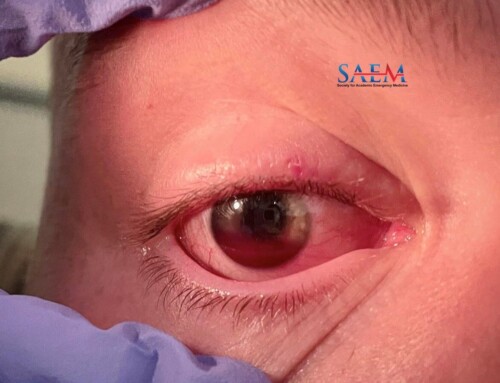
A 23-year-old female with no known past medical history presented with a rash concentrated on her legs, with a few areas on her arms and chest. The rash began the day before presentation when she became overheated while wearing sweatpants in 104°F weather. The rash was mildly pruritic but not painful. She denied any prior reaction to her sweatpants that she has had for several months. She denied any new soap or cosmetic use, prior rash, allergy, or medication use. Her review of systems and past medical history were negative.







